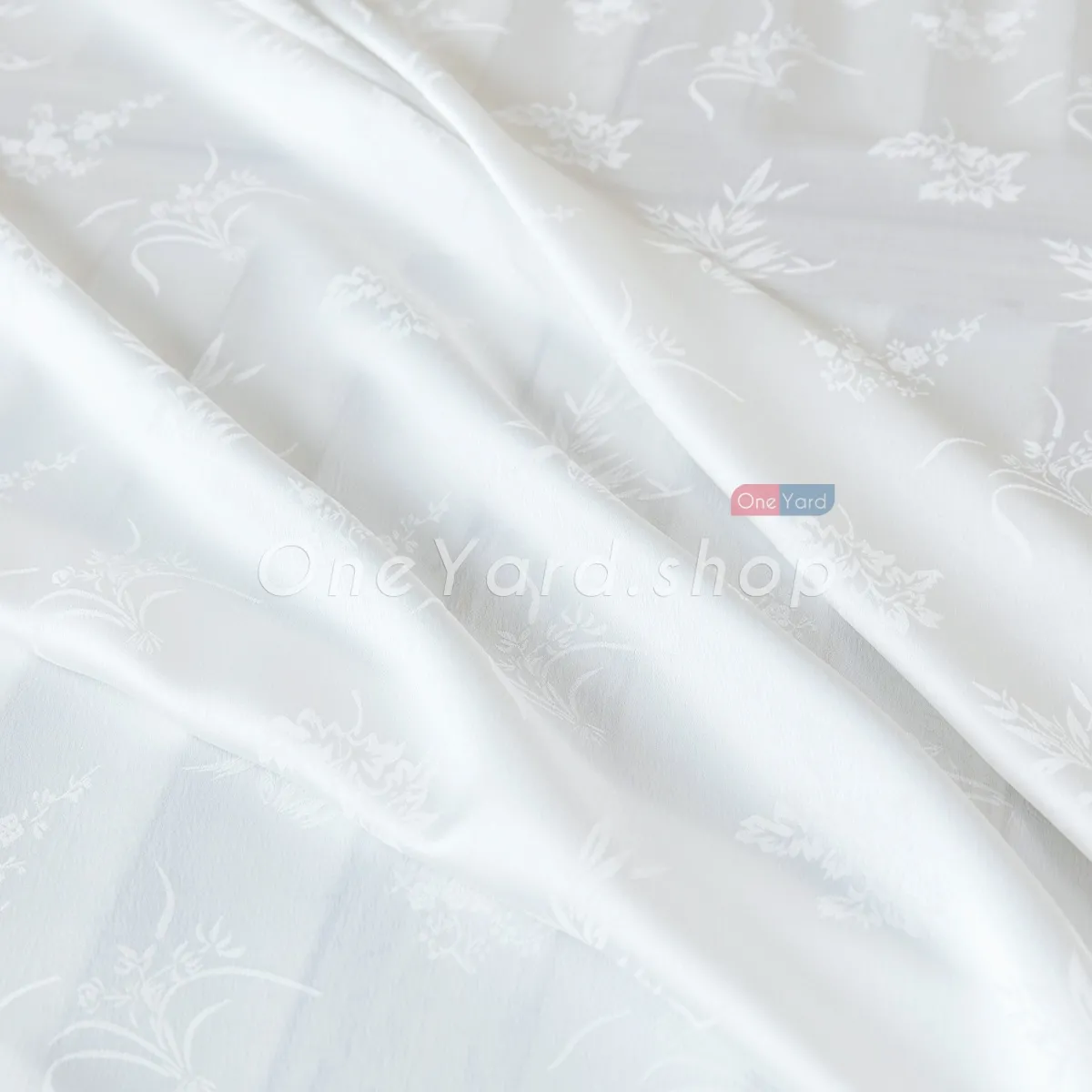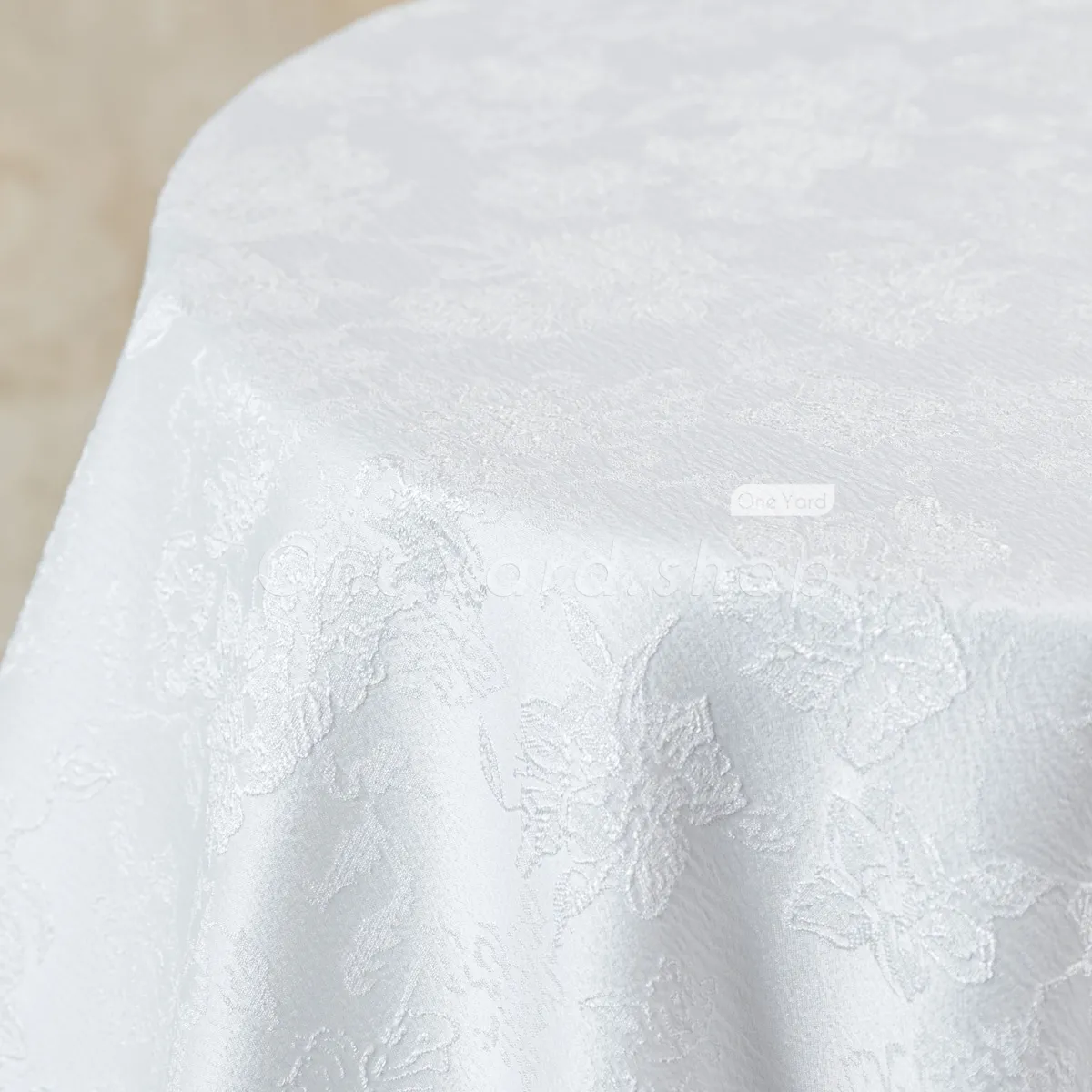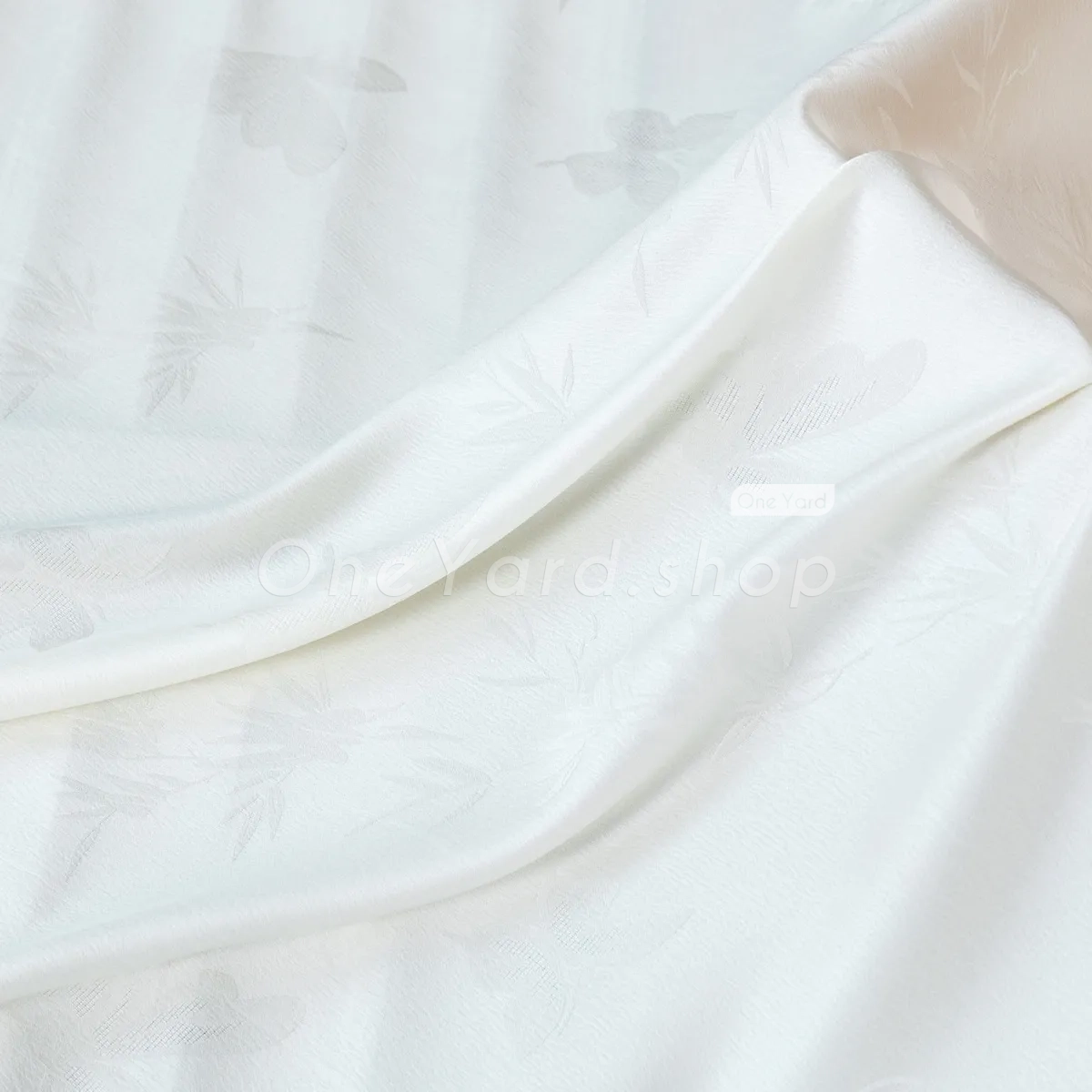Hear the word Jacquard, and images of opulent textiles may instantly appear—grand draperies, an elegant evening gown, or a richly upholstered chair. But what exactly is Jacquard fabric? Let's explore the history, characteristics, and uses of stunning jacquard fabric.
The History of Jacquard Fabric
The origins of jacquard fabric can be traced back to the early 19th century when Joseph Marie Jacquard, a French weaver and inventor, revolutionized the textile industry with the invention of the Jacquard loom in 1804. This innovative loom used punch cards to control the weaving process, allowing intricate patterns to be woven automatically rather than manually. This breakthrough not only increased production efficiency but also enabled the creation of highly detailed and elaborate fabric designs that were previously impossible to achieve by hand.


What Is Jacquard Fabric?
Jacquard fabric is a kind of cloth with intricate patterns. These patterns are directly woven into the fabric. The fabric is usually made from natural fibers such as silk, wool, and cotton. Synthetic fibers like rayon and polyester can also be used to make jacquard fabric. The fabric is also available in different weights and compositions. Patterns range from traditional to floral, conversational, and botanical themes. Jacquard textiles also serves different purposes. The lightweight jacquards are usually used for summer and spring attire, whereas the heavy ones are used for colder seasons.


Characteristics of Jacquard Fabric
Jacquard fabrics has many distinct characteristics that set it apart from other fabrics.
- Intricate Patterns. The designs can range from simple geometric shapes to complex motifs or even photographic-like imagery.
- Versatility. Jacquard fabric can be used for different purposes. It is usually used in clothing like dresses, suits, and jackets, as well as in home decor and upholstery.
- Durability. The weaving process usually produces a sturdy and tightly woven fabric that can endure regular use and wear. This quality makes jacquard fabric a reliable choice for upholstery.
- Texture and dimension. The patterns and designs are woven with different yarns or threads. This creates raised or recessed areas that add depth and visual interest to the fabric’s surface.


How Are Jacquard Fabric Used?
Jacquard materials have extensive applications due to their versatility and intricate designs.
- Clothing: Jacquard cloth is often used for garments such as blouses, skirts, dresses, jackets, and suits. The intricate patterns add elegance to clothing designs.
- Upholstery: Jacquard material is popular for upholstery purposes, including furniture, cushions, and decorative pillows. Its texture makes it a preferred choice for adding sophistication to upholstered pieces.
- Home Furnishings: Jacquard fabrics are usually used in home decor items like curtains, drapes, bed sheets, and tablecloths. It gives refinement and style to interior spaces, enhancing their overall aesthetic.
- Accessories: Jacquard textiles are used in various accessories, including handbags, wallets, belts, scarves, and ties.


Caring for Jacquard Fabric
Proper care ensures that jacquard fabric maintains its beauty and longevity:
- Washing: Some jacquard fabrics require dry cleaning, while others can be hand-washed or machine-washed on a gentle cycle.
- Ironing: Use a low heat setting and steam to remove wrinkles without damaging the texture.
- Storage: Keep in a cool, dry place to prevent moisture damage or fading.
Jacquard fabric remains one of the most exquisite and versatile textiles in the world, celebrated for its intricate patterns, durability, and timeless elegance. Whether used in high-fashion garments, lavish home décor, or traditional upholstery, its rich history and luxurious appeal make it a cherished choice for designers and artisans alike. With its ability to blend artistry with functionality, jacquard fabric continues to stand the test of time as a symbol of sophistication and craftsmanship.

 Best
Best  New
New  Featured
Featured  Featured
Featured 










